Development of a Capsule-Type Inspection Robot Customized for Ondol Pipelines
Abstract
:1. Introduction
2. Literature Review
3. Conceptual Design
3.1. Subsection Characteristic Analysis of Ondol Pipeline Installation
3.1.1. Installation Form and Size
3.1.2. Installation Specifications and Patterns
3.1.3. Installation Environment
3.2. System Requirements and Design
4. Development of Prototype and Performance Experiment
4.1. Prototype System
4.2. Performance Experiments
4.3. Discussion and Further Study
5. Conclusions
Author Contributions
Funding
Institutional Review Board Statement
Informed Consent Statement
Data Availability Statement
Conflicts of Interest
References
- Ambati, P.; Raj, K.M.; Joshuva, A. A review on pipeline inspection robot. AIP Conf. Proc. 2020, 2311, 060002. [Google Scholar]
- Jang, H.; Kim, T.Y.; Lee, Y.C.; Kim, Y.S.; Kim, J.; Lee, H.Y.; Choi, H.R. A review: Technological trends and development direction of pipeline robot systems. J. Intell. Robot. Syst. 2022, 105, 59. [Google Scholar] [CrossRef]
- John, B.; Shafeek, M. Pipe inspection robots: A review. IOP Conf. Ser. Mater. Sci. Eng. 2022, 1272, 012016. [Google Scholar] [CrossRef]
- Kim, S.K.; Lee, D.H.; Hong, H.K. An energy saving technique using ondol heating schedule control of housing units in Korea. Indoor Built Environ. 2010, 19, 88–93. [Google Scholar] [CrossRef]
- Lee, U.K. An experimental analysis of ultrasonic cavitation effect on ondol pipeline management. J. Korea Inst. Build. Constr. 2024, 24, 67–75. [Google Scholar]
- Jo, J.H.; Lee, U.K.; Jeong, J.H.; Lee, S.S. Comparatively testing concrete permeability for wireless communications of a pipe-cleaning robot. Int. J. Mech. Eng. 2022, 7, 0974–5823. [Google Scholar]
- Jo, H.J.; Lee, U.K.; Kim, J.Y.; Lee, S. Experiment on the feasibility of cleaning building pipelines using ultrasonic cavitation. In Proceedings of the 9th International Conference on Construction Engineering and Project Management, Las Vegas, NV, USA, 20–23 June 2022; pp. 295–303. [Google Scholar]
- Jeong, J.H.; Lee, S.S.; Lee, U.K. Design of ball-type equipment for pipeline maintenance. In Proceedings of the International Conference on Next-Generation Convergence Technology, Pusan, Republic of Korea, 11–12 January 2021. [Google Scholar]
- Elankavi, R.S.; Dinakaran, D.; Jose, J. Developments in in-pipe inspection robot: A review. J. Mech. Contin. Math. Sci. 2020, 15, 238–248. [Google Scholar]
- Ab Rashid, M.Z.; Yakub, M.F.M.; Bin Shaikh Salim, S.A.Z.; Mamat, N.; Putra, S.M.; Roslan, S.A. Modeling of the in-pipe inspection robot: A comprehensive review. Ocean Eng. 2020, 203, 107206. [Google Scholar] [CrossRef]
- Colvalkar, A.; Nagesh, P.; Sachin, S.; Patle, B.K. A comprehensive review on pipe inspection robots. Int. J. Mech. Eng. 2021, 10, 51–66. [Google Scholar]
- Elankavi, R.S.; Dinakaran, D.; Chetty, R.K.; Ramya, M.M.; Samuel, D.H. A review on wheeled type in-pipe inspection robot. Int. J. Mech. Eng. Robot. Res. 2022, 11, 745–754. [Google Scholar] [CrossRef]
- Rusu, C.; Tatar, M.O. Adapting mechanisms for in-pipe inspection robots: A review. Appl. Sci. 2022, 12, 6191. [Google Scholar] [CrossRef]
- Verma, A.; Kaiwart, A.; Dubey, N.D.; Naseer, F.; Pradhan, S. A review on various types of in-pipe inspection robot. Mater. Today Proc. 2022, 50, 1425–1434. [Google Scholar] [CrossRef]
- Kahnamouei, J.T.; Moallem, M. A comprehensive review of in-pipe robots. Ocean Eng. 2023, 277, 114260. [Google Scholar] [CrossRef]
- Ismail, I.N.; Anuar, A.; Sahari, K.S.M.; Baharuddin, M.Z.; Fairuz, M.; Jalal, A.; Saad, J.M. Development of in-pipe inspection robot: A review. In Proceedings of the 2012 IEEE Conference on Sustainable Utilization and Development in Engineering and Technology, Kuala Lumpur, Malaysia, 6–9 October 2012; pp. 310–315. [Google Scholar]
- Gargade, A.; Ohol, S. Development of in-pipe inspection robot. IOSR J. Mech. Civ. Eng. 2016, 13, 64–72. [Google Scholar] [CrossRef]
- Song, Z.; Luo, Y. Research status and development trend of oil and gas pipeline robot. Acad. J. Sci. Technol. 2022, 3, 134–140. [Google Scholar] [CrossRef]
- Mills, G.H.; Jackson, A.E.; Richardson, R.C. Advances in the inspection of unpiggable pipelines. Robotics 2017, 6, 36. [Google Scholar] [CrossRef]
- Roslin, N.S.; Anuar, A.; Jalal, M.F.A.; Sahari, K.S.M. A review: Hybrid locomotion of in-pipe inspection robot. Procedia Eng. 2012, 41, 1456–1462. [Google Scholar] [CrossRef]
- Blewitt, G.; Cheneler, D.; Andrew, J.; Monk, S. A review of worm-like pipe inspection robots: Research trends and challenges. Soft Sci. 2024, 4, 13. [Google Scholar] [CrossRef]
- Zhang, Y.; Yan, G. In-pipe inspection robot with active pipe-diameter adaptability and automatic tractive force adjusting. Mech. Mach. Theory 2007, 42, 1618–1631. [Google Scholar] [CrossRef]
- Hadi, A.; Hassani, A.; Alipour, K.; Askari Moghadam, R.; Pourakbarian Niaz, P. Developing an adaptable pipe inspection robot using shape memory alloy actuators. J. Intell. Mater. Syst. Struct. 2020, 31, 632–647. [Google Scholar] [CrossRef]
- Cetinsoy, E.; Esgin, H. Design of an ex-proof untethered in-pipe inspection robot. In Proceedings of the 2018 IEEE International Conference on Automation, Cluj-Napoca, Romania, 24–26 May 2018; pp. 1–6. [Google Scholar]
- Kwon, Y.S.; Lee, B.; Whang, I.C.; Kim, W.K.; Yi, B.J. A flat pipeline inspection robot with two wheel chains. In Proceedings of the 2011 IEEE International Conference on Robotics and Automation, Shanghai, China, 9–13 May 2011; pp. 5141–5146. [Google Scholar]
- Jalal, M.A.; Sahari, K.M.; Anuar, A. Development of magnetic wheeled boiler tube inspection robot. J. Teknol. 2015, 76, 19–23. [Google Scholar]
- Chatzigeorgiou, D.; Youcef-Toumi, K.; Ben-Mansour, R. Design of a novel in-pipe reliable leak detector. IEEE/ASME Trans. Mechatron. 2014, 20, 824–833. [Google Scholar] [CrossRef]
- Hirose, S.; Ohno, H.; Mitsui, T.; Suyama, K. Design of in-pipe inspection vehicles for φ25 φ50 φ150 pipes. In Proceedings of the 1999 IEEE International Conference on Robotics and Automation, Detroit, MI, USA, 10–15 May 1999; pp. 2309–2314. [Google Scholar]
- Elankavi, R.S.; Dinakaran, D.; Doss, A.S.A.; Chetty, R.K.; Ramya, M.M. Design and motion planning of a wheeled type pipeline inspection robot. J. Robot. Control 2022, 3, 415–430. [Google Scholar] [CrossRef]
- Zheng, D.; Tan, H.; Zhou, F. A Design of endoscopic imaging system for hyper long pipeline based on wheeled pipe robot. In Proceedings of the AIP Conference Proceedings, Wuhan, China, 25–26 February 2017. [Google Scholar]
- Li, H.; Li, R.; Zhang, J.; Zhang, P. Development of a pipeline inspection robot for the standard oil pipeline of china national petroleum corporation. Appl. Sci. 2020, 10, 2853. [Google Scholar] [CrossRef]
- Ariaratnam, S.T.; Chandrasekaran, M. Development of an innovative free-swimming device for detection of leaks in oil and gas pipelines. In Proceedings of the Construction Research Congress, Banff, AB, Canada, 8–10 May 2010; pp. 588–596. [Google Scholar]
- Chapman, H. Development of a successful internal leak detection and pipeline condition assessment technology for large diameter pipes. In Proceedings of the 6th Annual WIOA NSW Water Industry Engineers & Operators Conference, Tamworth, Australia, 27–29 March 2012; pp. 29–37. [Google Scholar]
- Islas-García, E.; Ceccarelli, M.; Tapia-Herrera, R.; Torres-SanMiguel, C.R. Pipeline inspection tests using a biomimetic robot. Biomimetics 2021, 6, 17. [Google Scholar] [CrossRef]
- Song, S.J. Development of the visual inspection device with driving motors for non-destructive test of piping from the inside. J. Korean Soc. Mech. Technol. 2018, 20, 541–547. [Google Scholar] [CrossRef]
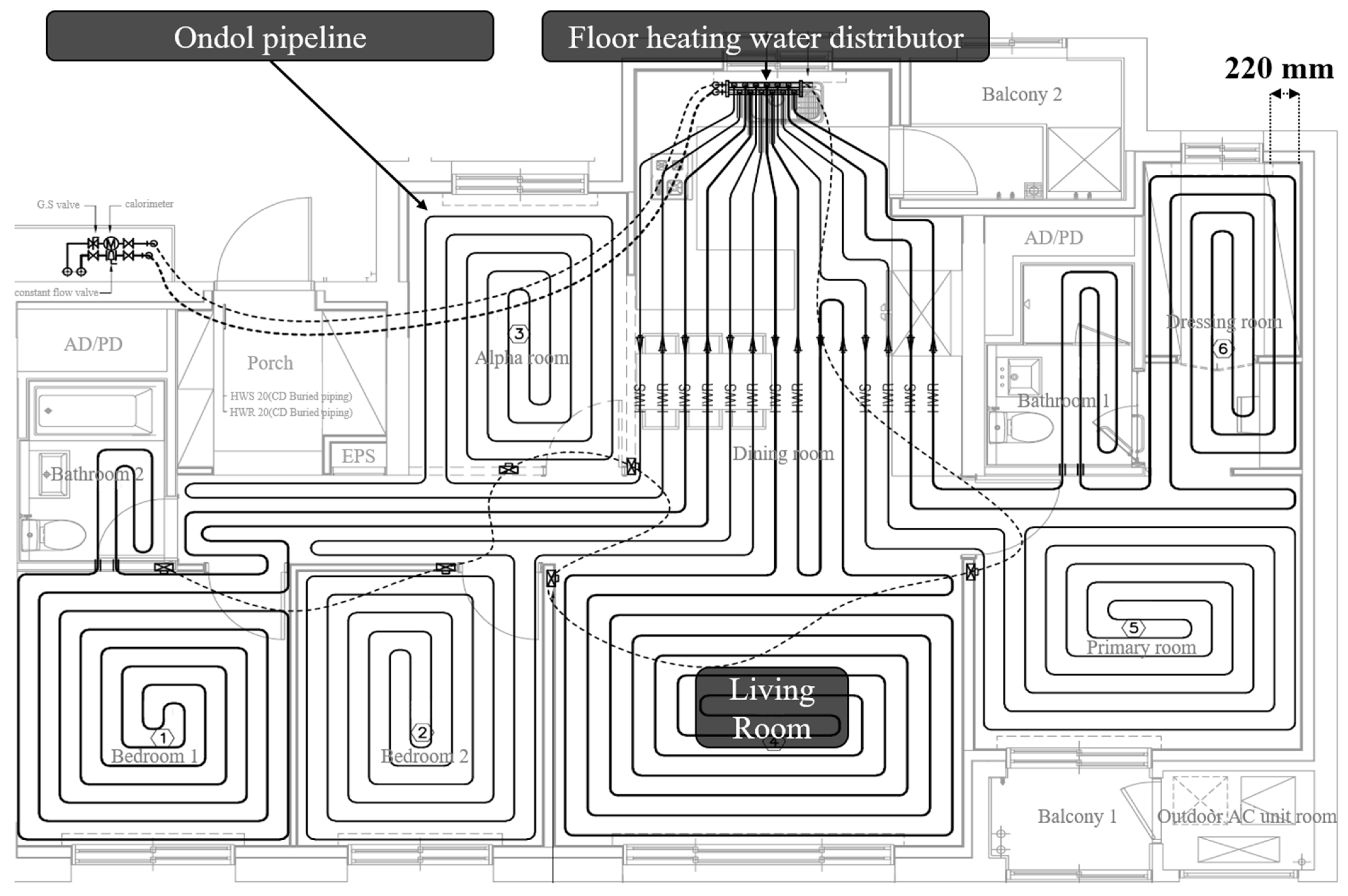


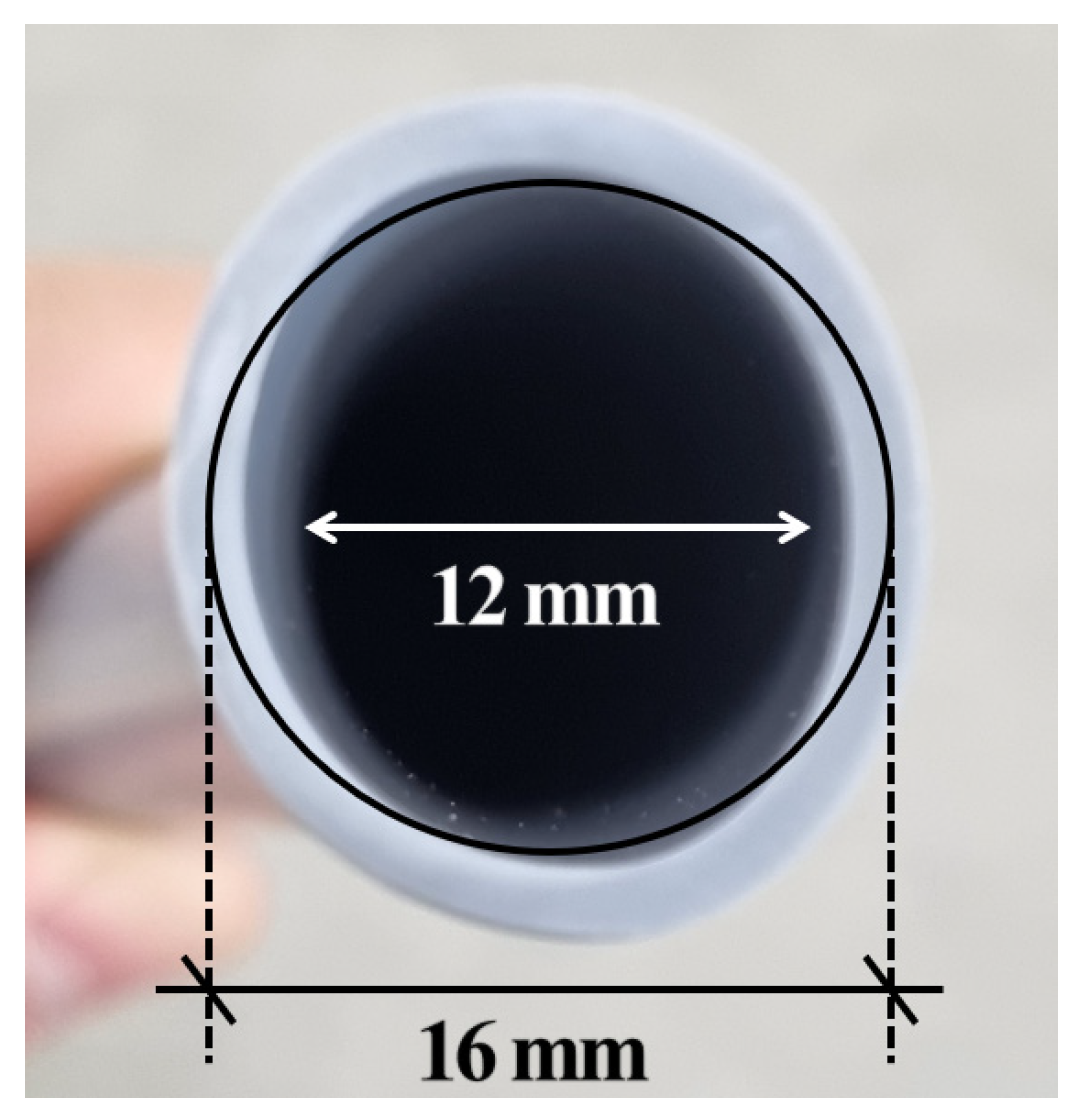
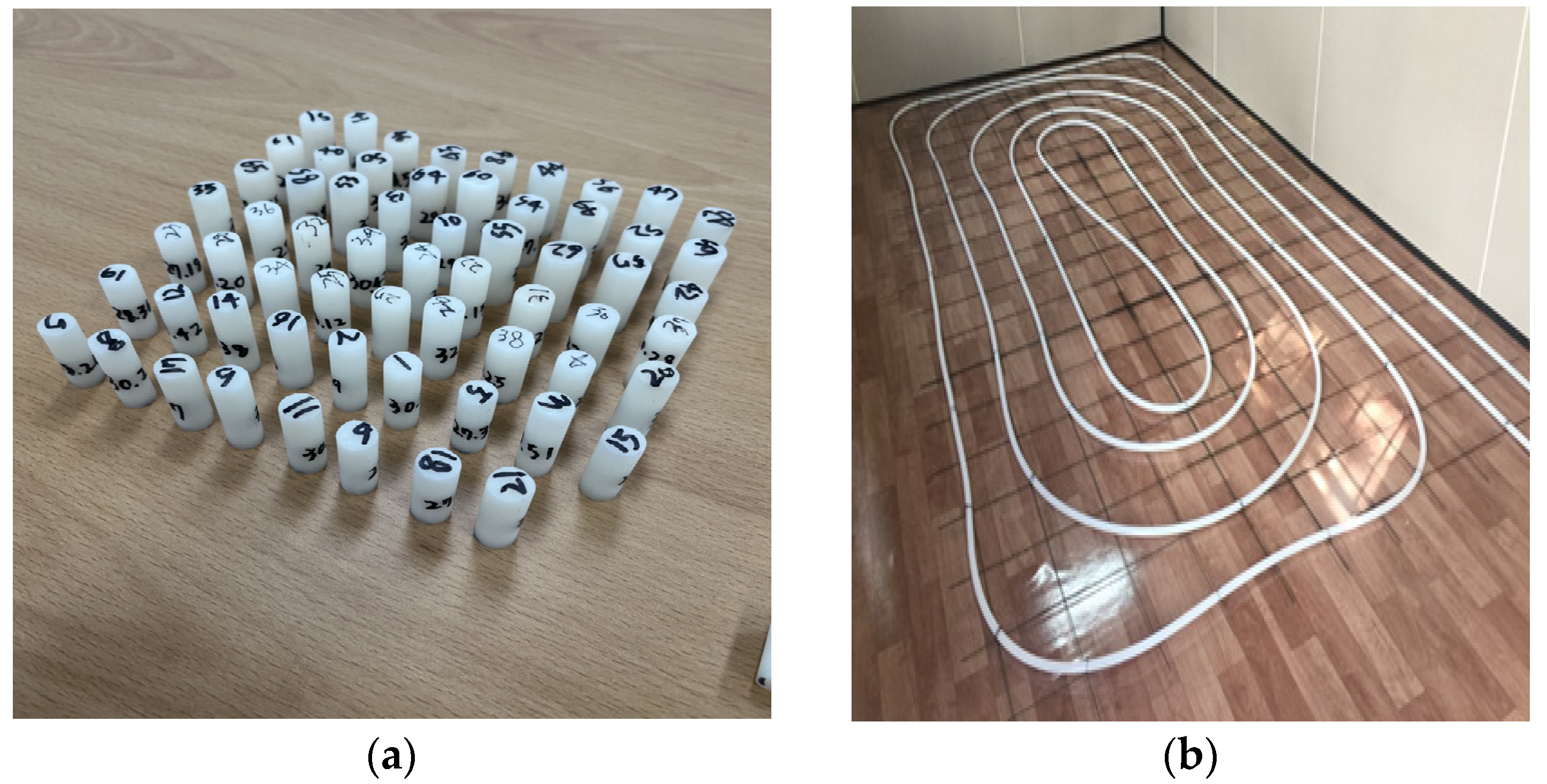

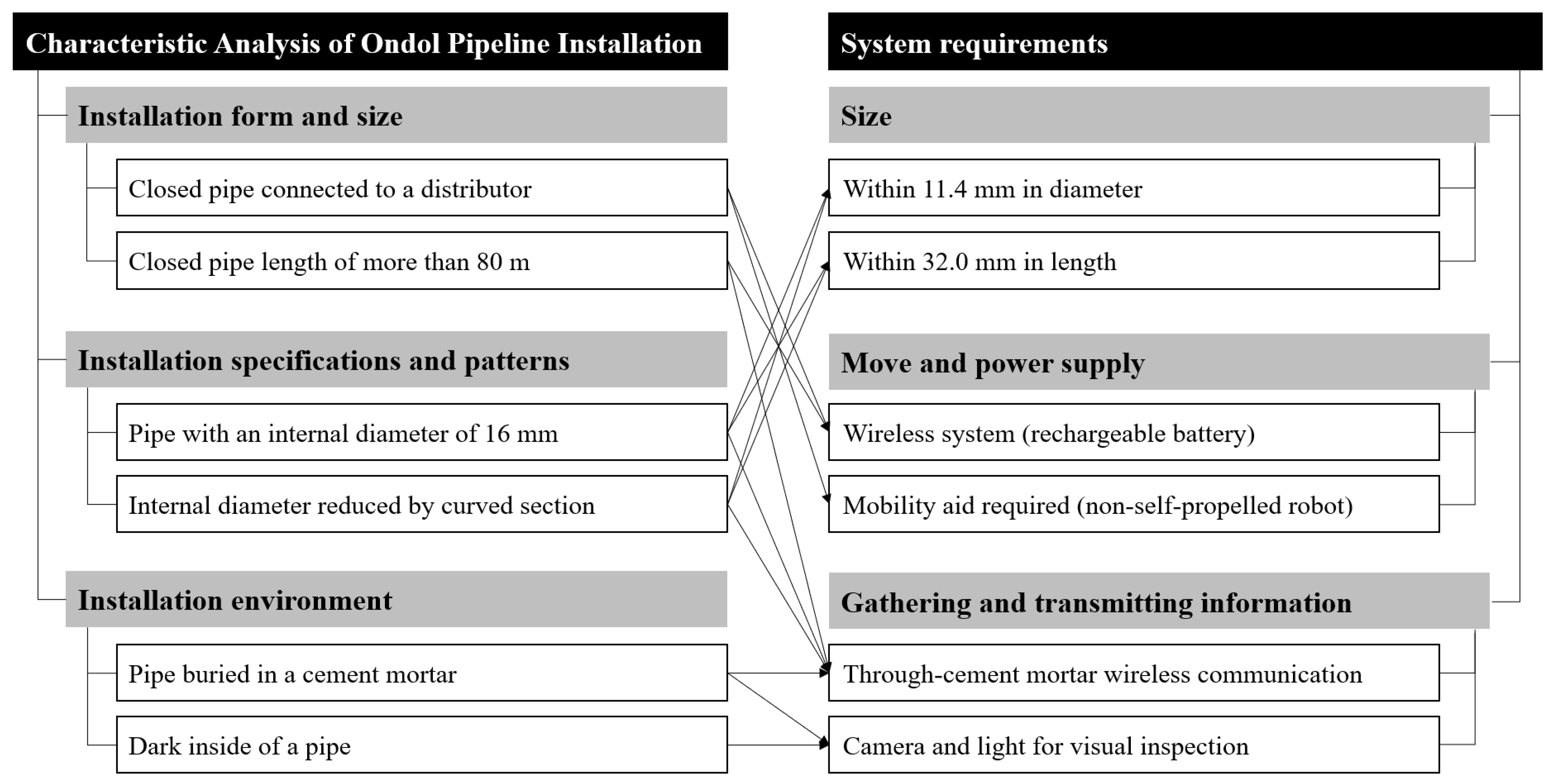
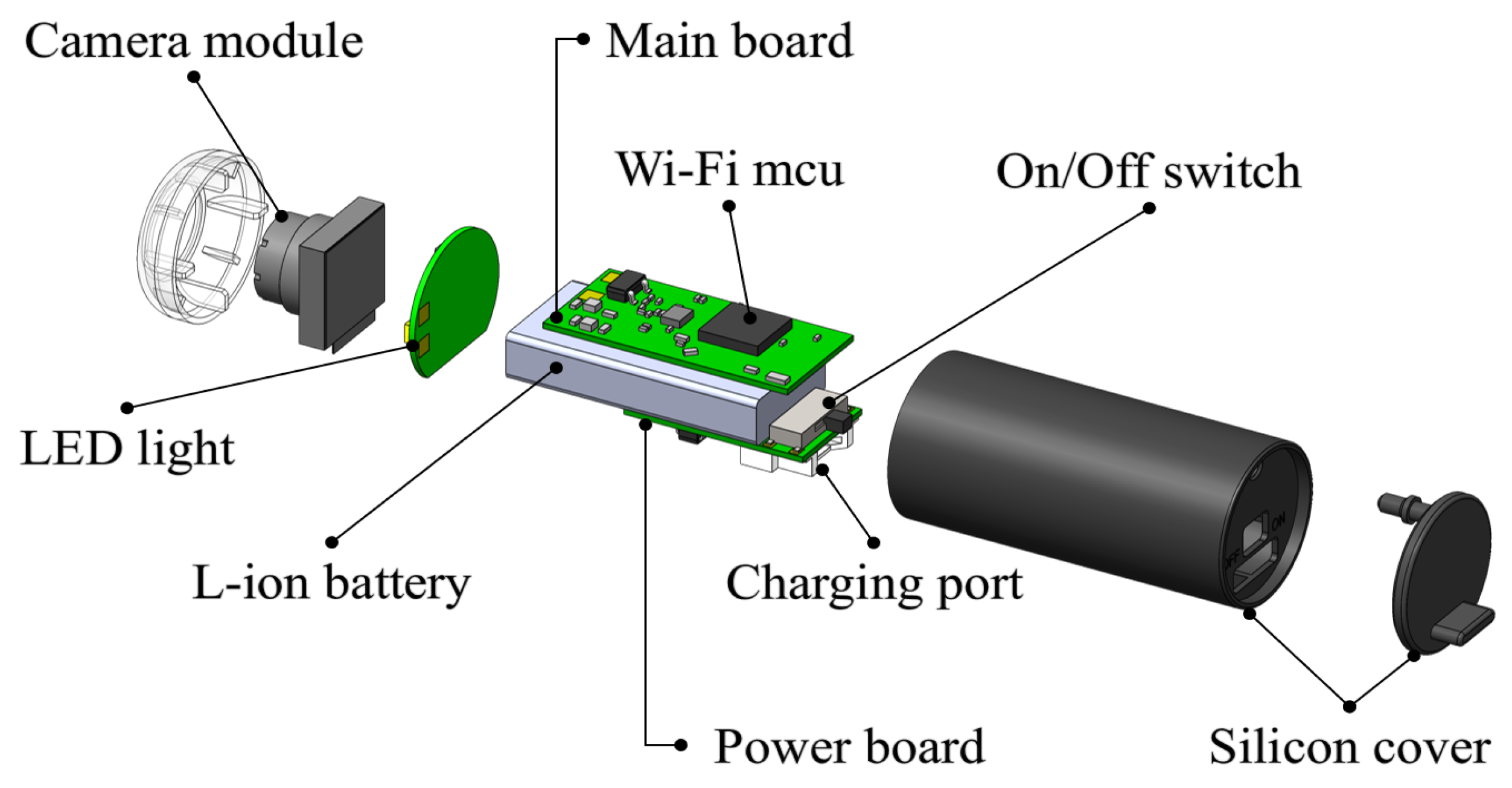



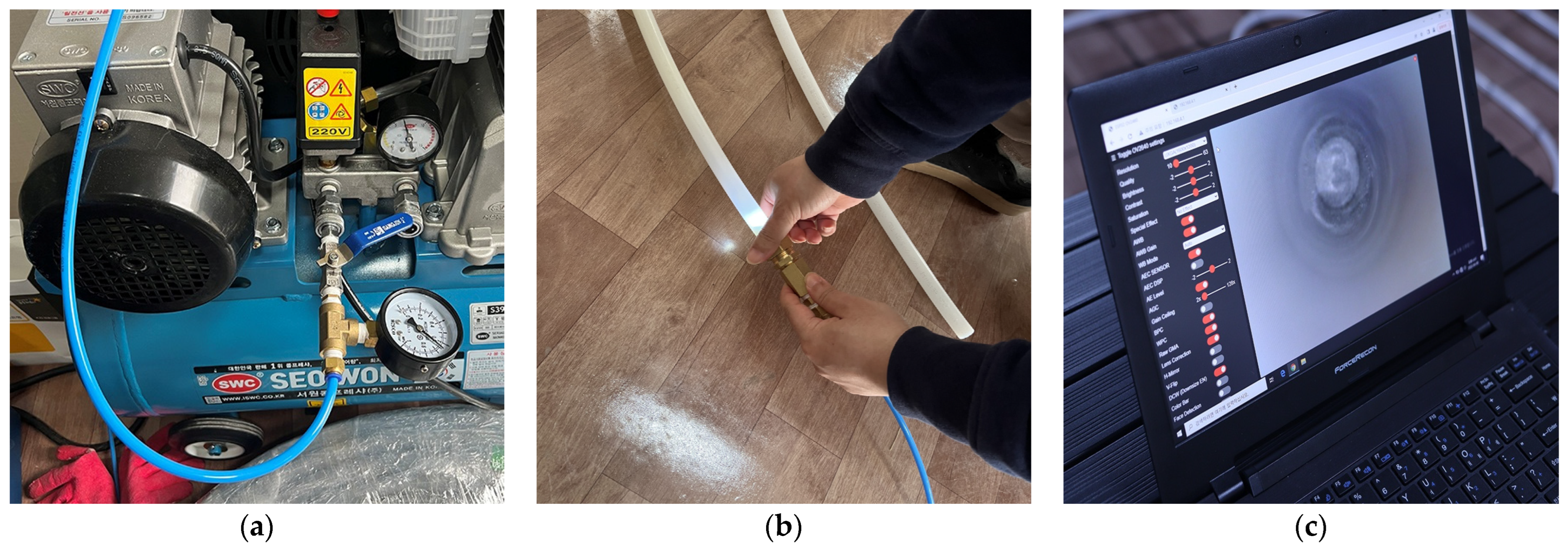

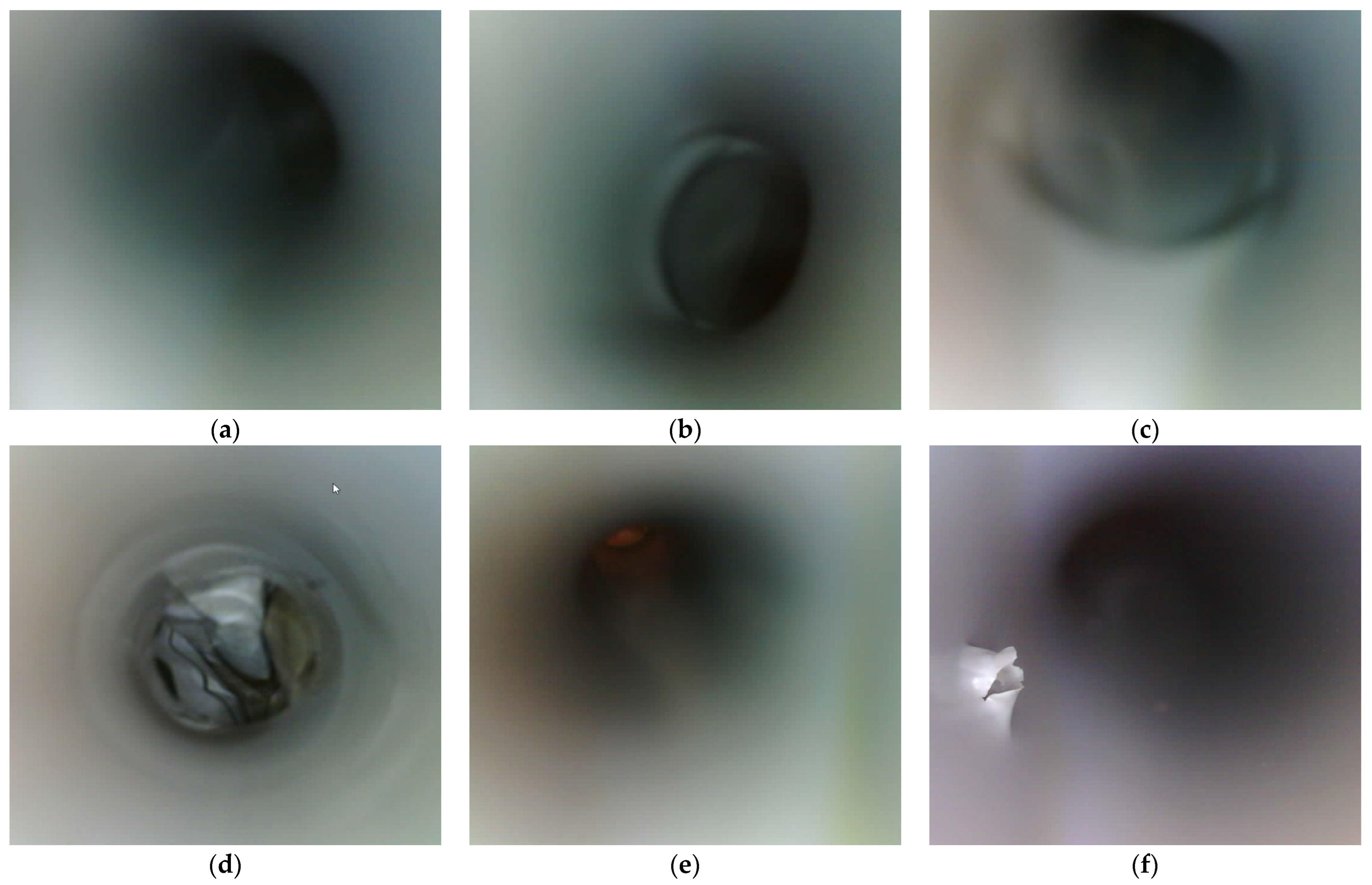
| Authors | Power Supply | Driving Mechanism | Use | Pipe Size (mm) |
|---|---|---|---|---|
| Zhang and Yan (2007) [22] | Cable | Diameter-adaptive | Gas pipelines | ~400–600 |
| Hadi et al. (2020) [23] | Cable | Diameter-adaptive | Pipelines and duct | ~60–90 |
| Cetinsoy and Esgin (2018) [24] | Battery | Diameter-adaptive | Gas pipelines | ~63–125 |
| Kwon et al. (2011) [25] | Cable | Wheel-type | Not specified | 80–100 |
| Jalal et al. (2015) [26] | Cable | Wheel-type | Boiler pipelines | 45 |
| Chatzigeorgiou et al. (2014) [27] | Battery | Wheel-type | Not specified | 100 |
| Hirose et al. (1999) [28] | Cable | Wheel-type | Gas pipelines | 25, 50, 150 |
| Elankavi et al. (2022) [29] | Cable | Wheel-type | Not specified | ~250–350 |
| Zheng et al. (2017) [30] | Cable | Wheel-type | Not specified | 150 |
| Li et al. (2020) [31] | Cable | Wheel-type | Oil and gas pipelines | ~1219–1440 |
| Ariaratnam and Chandrasekaran (2010) [32] | Battery | Ball-type | Oil and gas pipelines | 300 |
| Chapman (2012) [33] | Battery | Ball-type | Water pipelines | 300 |
| Islas-García et al. (2021) [34] | Cable | Bug-type | Drainpipe | 76 |
| Song (2018) [35] | Cable | Crawler-type | Not specified | ~100–150 |
Disclaimer/Publisher’s Note: The statements, opinions and data contained in all publications are solely those of the individual author(s) and contributor(s) and not of MDPI and/or the editor(s). MDPI and/or the editor(s) disclaim responsibility for any injury to people or property resulting from any ideas, methods, instructions or products referred to in the content. |
© 2024 by the authors. Licensee MDPI, Basel, Switzerland. This article is an open access article distributed under the terms and conditions of the Creative Commons Attribution (CC BY) license (https://creativecommons.org/licenses/by/4.0/).
Share and Cite
Lee, M.; Lee, U.-K. Development of a Capsule-Type Inspection Robot Customized for Ondol Pipelines. Appl. Sci. 2024, 14, 7938. https://doi.org/10.3390/app14177938
Lee M, Lee U-K. Development of a Capsule-Type Inspection Robot Customized for Ondol Pipelines. Applied Sciences. 2024; 14(17):7938. https://doi.org/10.3390/app14177938
Chicago/Turabian StyleLee, Myungdo, and Ung-Kyun Lee. 2024. "Development of a Capsule-Type Inspection Robot Customized for Ondol Pipelines" Applied Sciences 14, no. 17: 7938. https://doi.org/10.3390/app14177938






